|
We teach young children measurement because this helps them begin making connections between spatial concepts and number. We begin to work with measurement by developing an understanding of longer vs. shorter objects and comparing the length of various objects. When a child can put a set of objects in order from shortest to tallest, or tallest to shortest, he is ready to begin learning how to measure things using nonstandard units. We use nonstandard units like paperclips, markers, or rods when we begin teaching measurement rather than standard units of measurement, like inches or feet. This helps children develop a concept of measurement and counting units while eliminating "tick counting errors". A "tick counting error" is when a child is counting tick marks on a ruler and begins by counting at the first mark, zero. When using nonstandard units, such as rods, there are no tick marks and the student learns that the unit is the length of one rod. The students must learn accurate alignment in order to correctly measure with nonstandard or standard units. These skills develop over extended periods of time, through exposure to many different experiences. In this blog entry we deal only with measuring the length of objects, but children also need plenty of opportunities to measure weight and volume.
0 Comments
Preschool teachers pave the road for a deeper comprehension of mathematical understanding (manipulation of concepts rather than memorization). It is our goal to prepare each of our students for success in every area of mathematics. There are five fields into which we group our Math Standards: Number Sense, Geometry, Measurement, Sorting and Patterning, and Problem Solving. This blog entry will cover the Academic Standards that fall under the Measurement category. Measurement Comparing Sizes - Comparing the size of two objects according to length, weight, or volume. The sand and water tables are an excellent place for kids to experiment with volume. Ordering Objects by Size - Ordering objects from largest to smallest (or smallest to largest) according to length, weight or volume. Measuring Objects Using Non-Standard Units - Using chain links, cubes, blocks, paperclips or other non-standard units to measure the length, weight or volume of an object. Measurement is just one small part of preschool mathematics. We have broken Measurement into nine standards:
Comparing Length Comparing Weight Comparing Volume Ordering Objects by Length Ordering Objects by Weight Ordering Objects by Volume Using Non-Standard Units to Measure Length Using Non-Standard Units to Measure Weight Using Non-Standard Units to Measure Volume In our classroom, each lesson, game or classroom material has been intentionally planned and placed in the room to fulfill our Academic Content Standards. Estimation is a valuable skill in our world. We use it more often than we may realize. Contractors frequently use estimates, and I, personally, use my own "guesstimate" system to remain within budget while grocery shopping. Young children must be introduced to any math concept they will be expected to to understand - at a level that they can understand. We placed six blocks around Sisi so the children could see about how much of her body those six blocks covered. The children were encouraged to guess how many blocks it would take to go all the way around her body. We decided that since we already used six blocks, our guesses would have to be a number higher than six. For some children this is fairly easy; for others, this can be a difficult concept. When working with a difficult problem, we must decide what is known. For this problem, we know two things. 1.) We know that our guess must be a number. We want to know how many blocks it will take. 2.) We also know that it will take more than six blocks to go all the way around Sisi. Any guess that is within our knowns is praised as a good guess. For the next guessing activity, the children drew a long line on butcher paper and guessed how many crayons it would take to cover the whole line. It's important for children to have many different experiences with each new concept we are introducing. Estimation has a great deal to do with number sense and understanding the concepts how many, more, and less. In the instances pictured, it also pertains to the concept of measurement. Children with "off-the-wall" guesses will begin to guess more accurately as they gain more experience.
In preschool. we use non-standard units (blocks, unifix cubes, footprints, etc) to practice measurement. Before we teach a child to measure, we must introduce him to the concept of size. When a child can put things in order by size, he is ready to learn how to use non-standard units to measure things. We made these "measurement cards" so that children could practice lining the blocks up from one end to the other. These children are measuring various objects on cards and then recording their answers. When we do an activity with this many things to measure, we usually take more than one day to complete the activity. Non-standard measurement can and should be practiced with length, weight and volume. We know that a child has mastered a concept when he spontaneously begins to do it by himself during learning center time.
|
AuthorWendy Joy Yohman Archives
December 2017
Categories
All
Sites I recommend:Affiliate Disclosure:
|
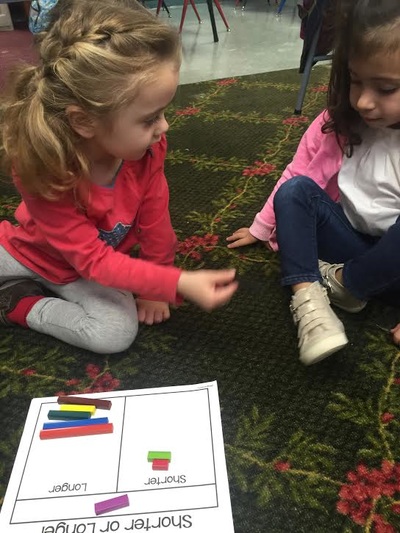
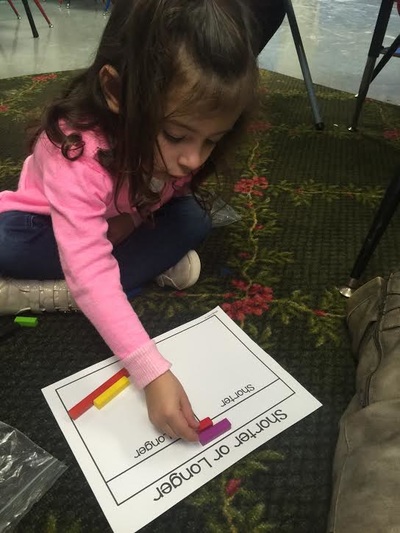
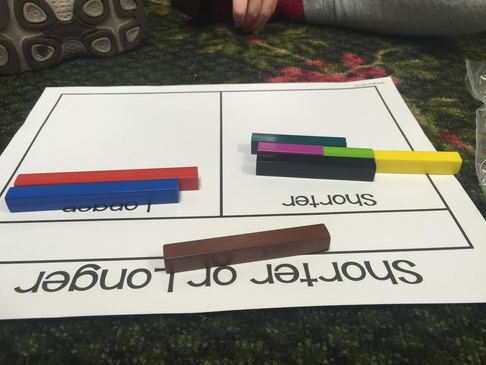
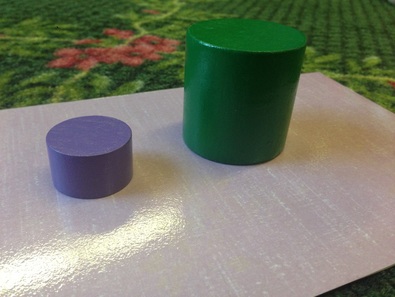
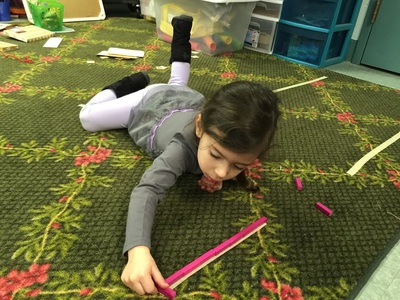
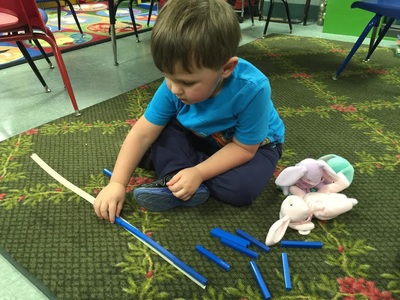
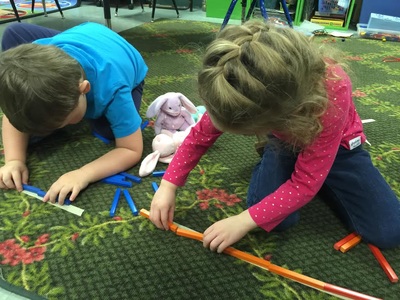
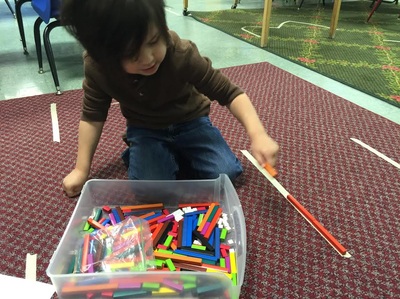
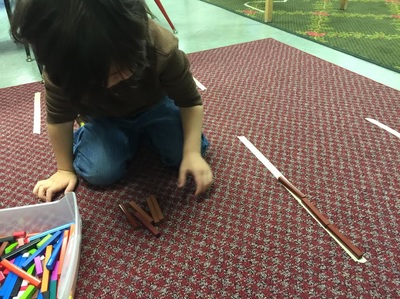
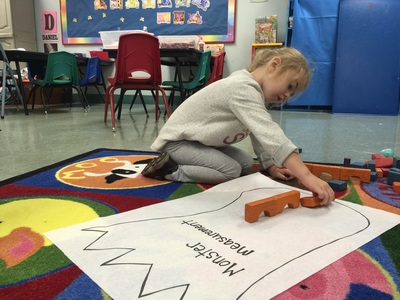
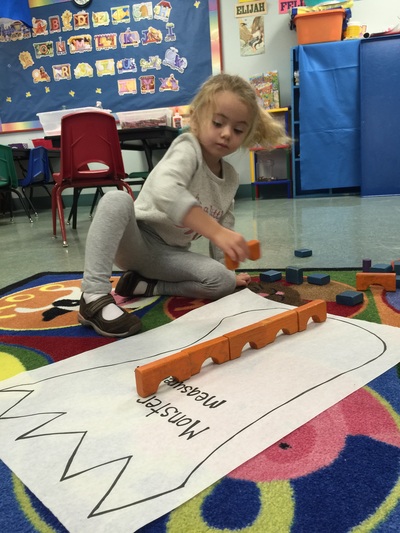
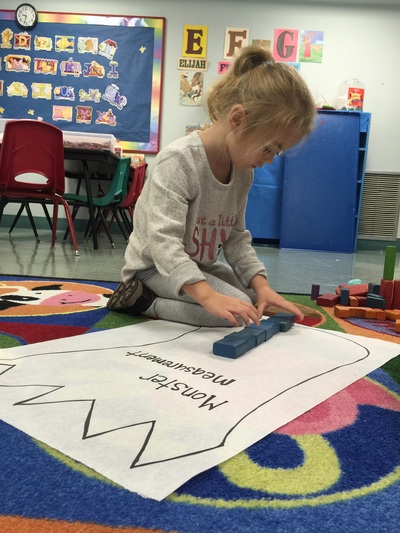
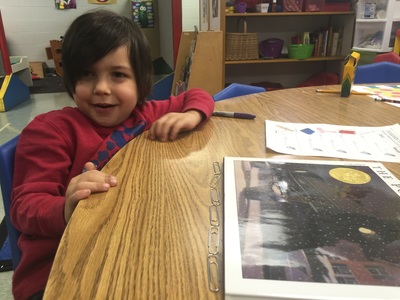
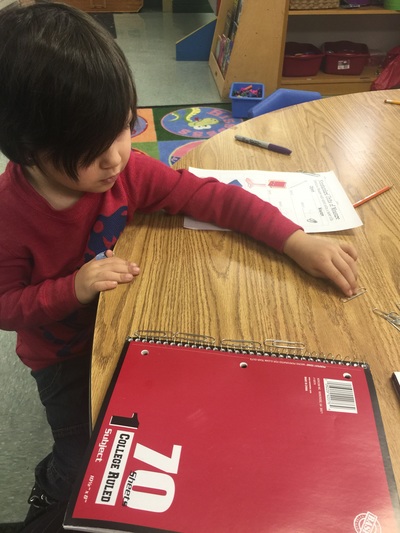
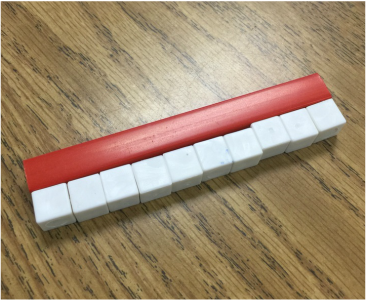
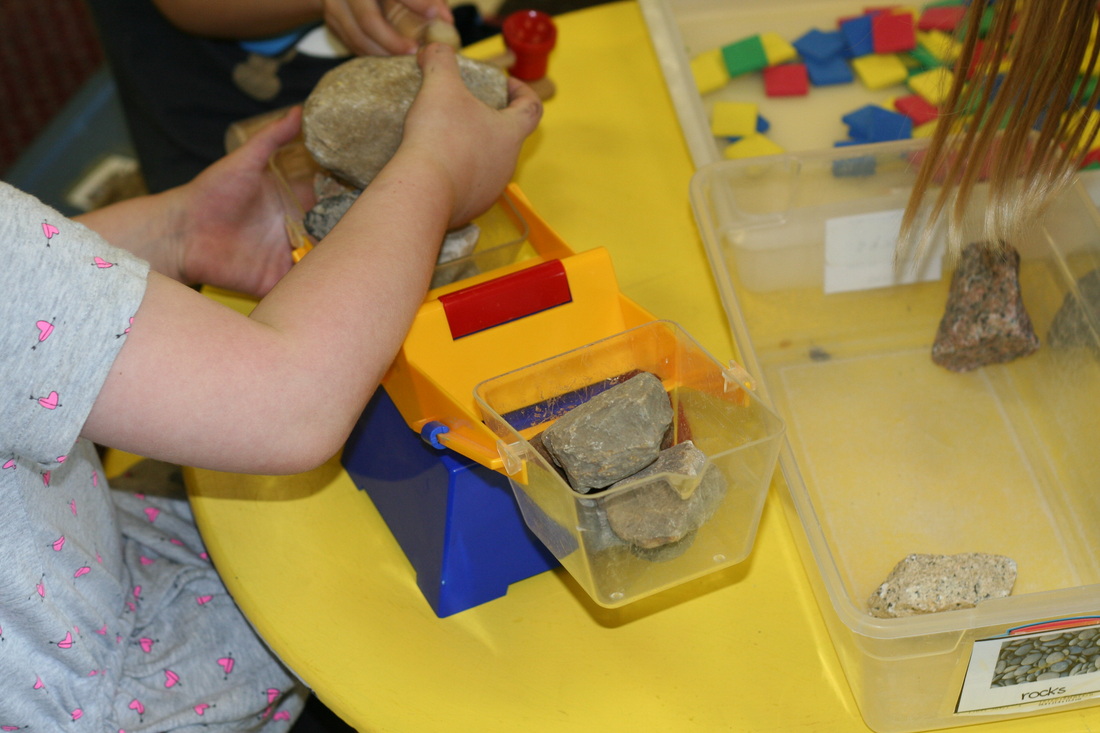
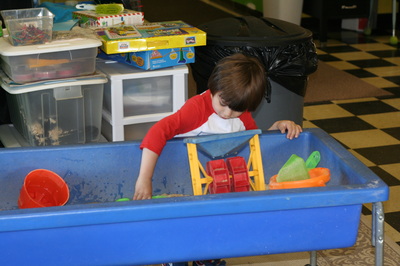
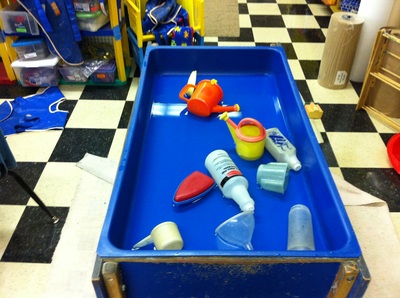
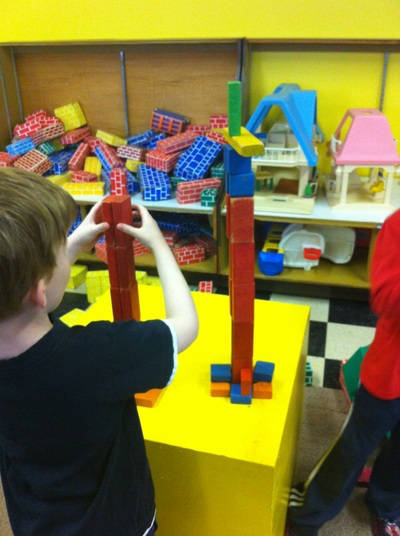
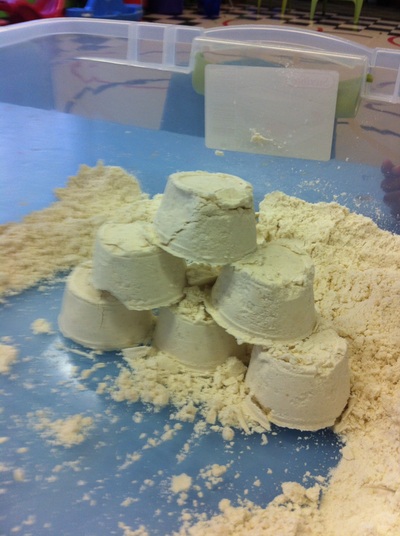
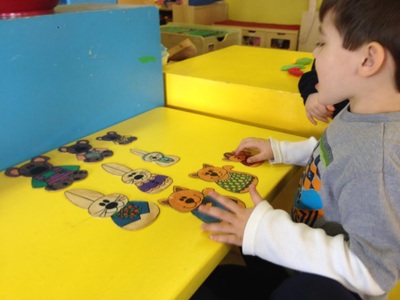
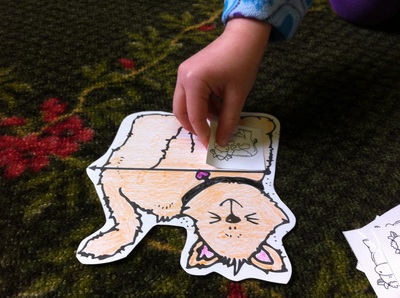
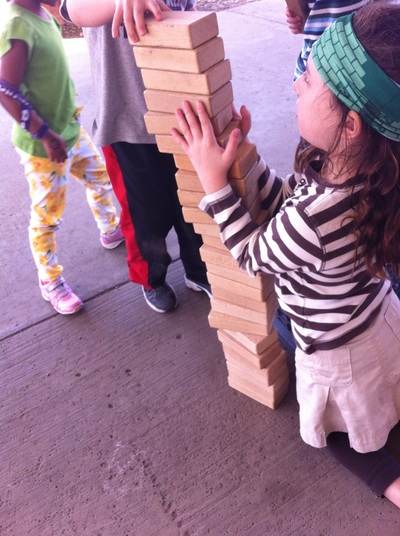
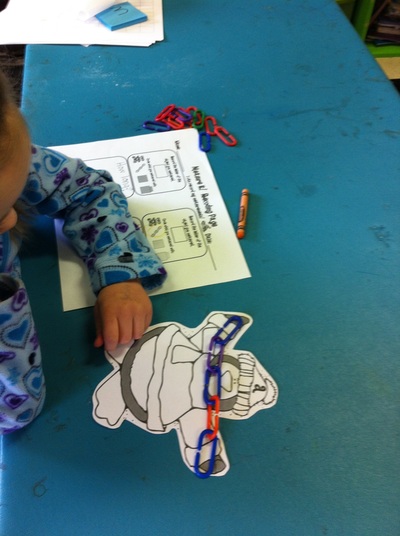
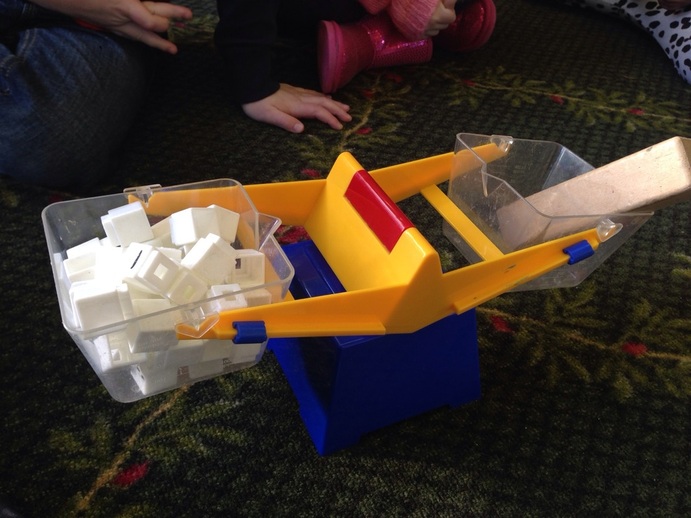

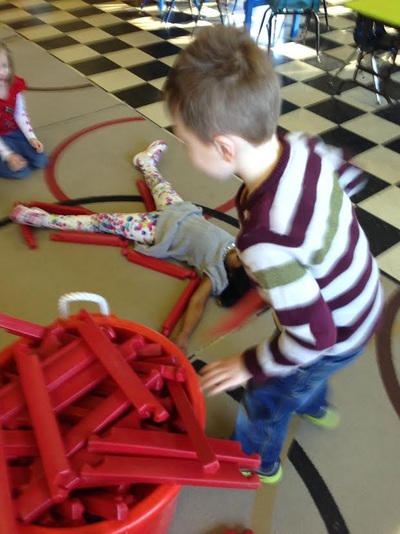
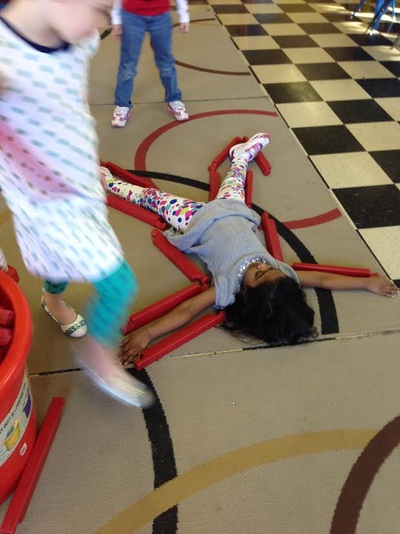
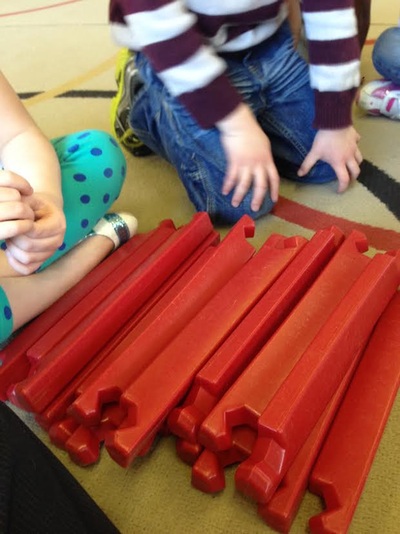
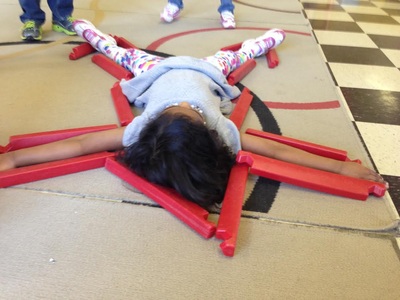
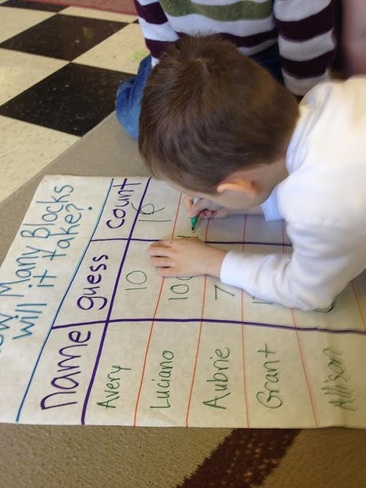
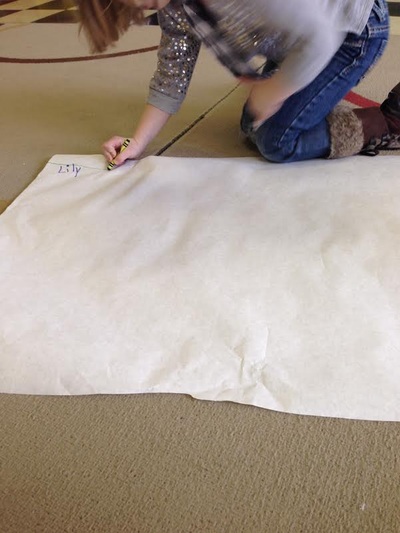
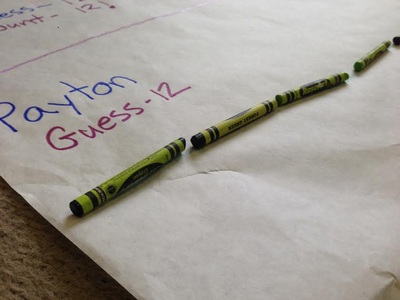
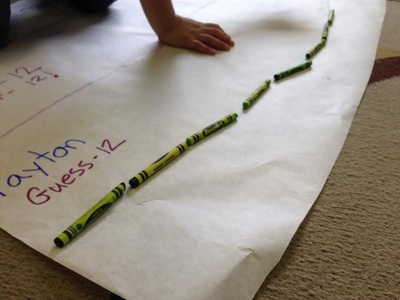
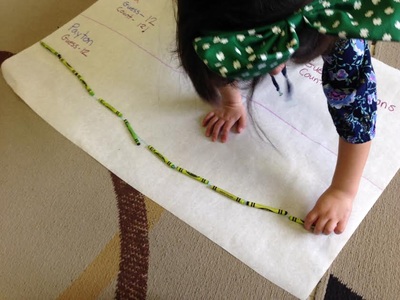
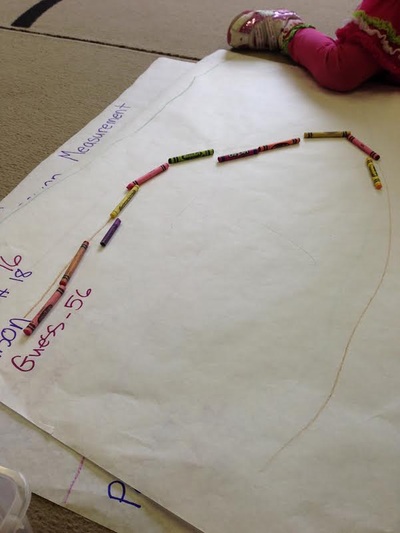
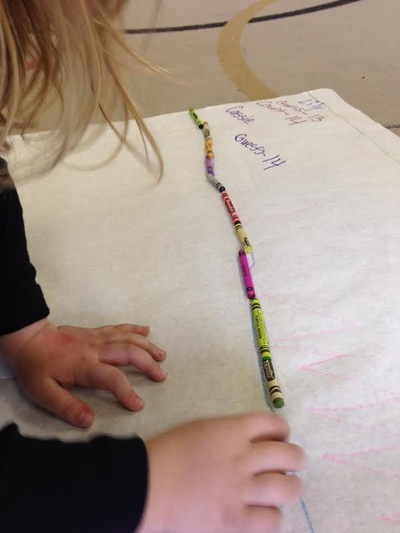
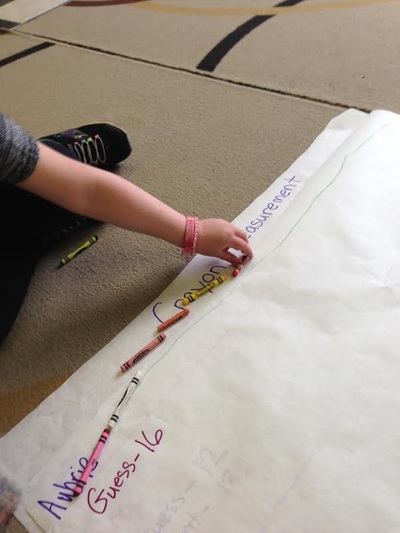
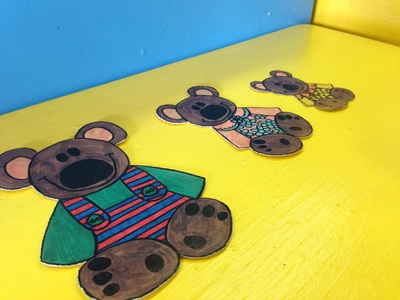
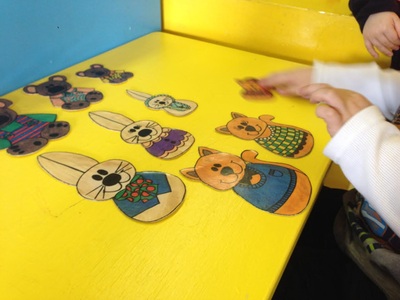
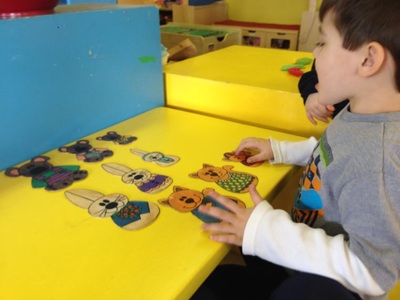
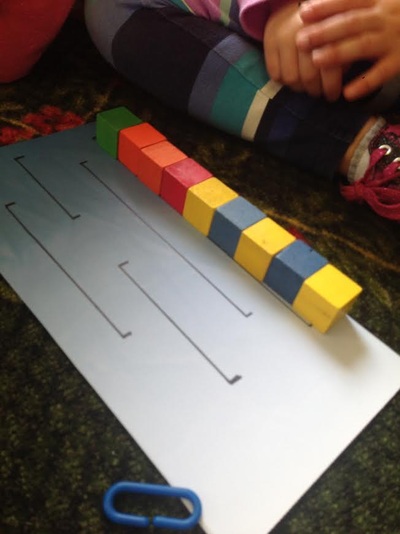
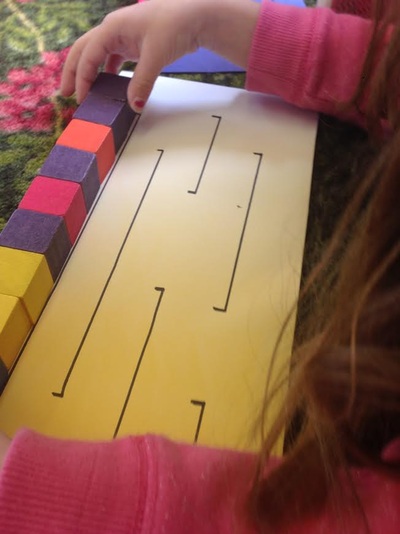
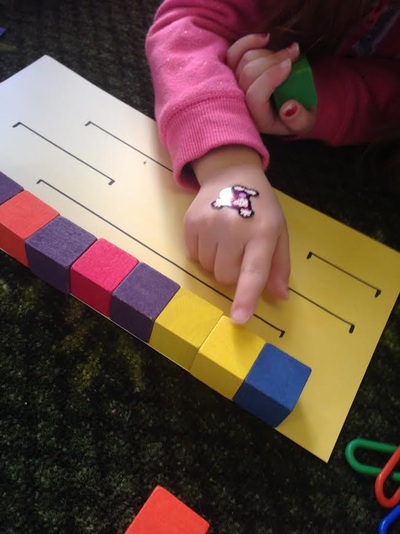
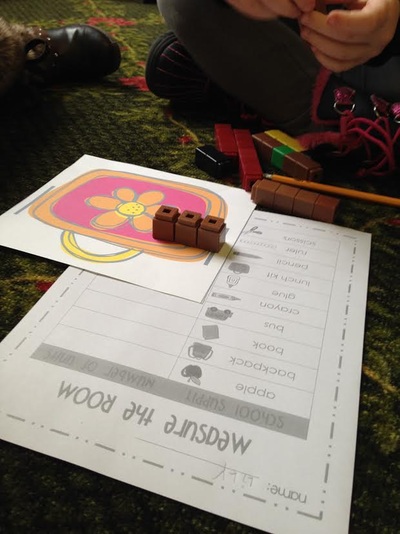
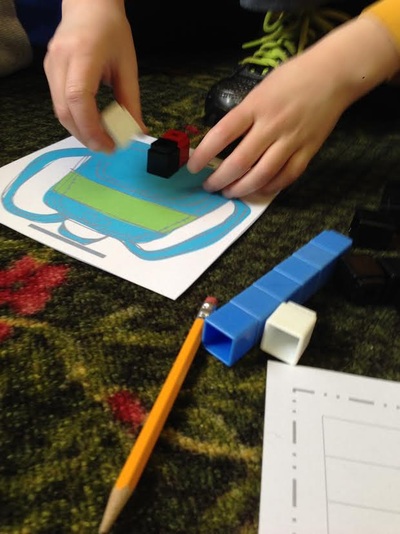
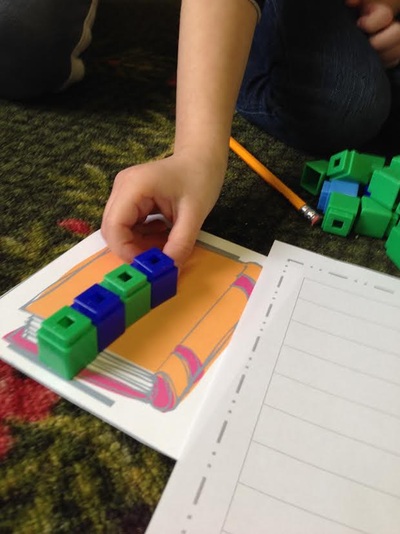
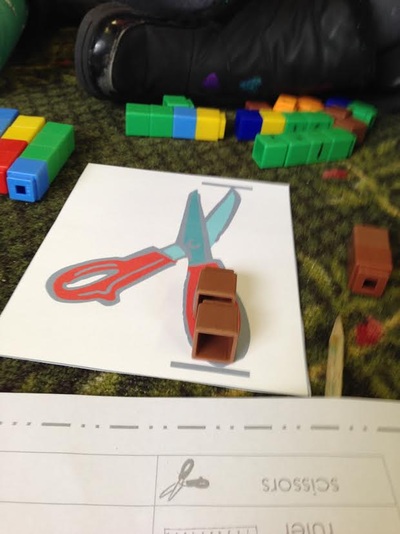
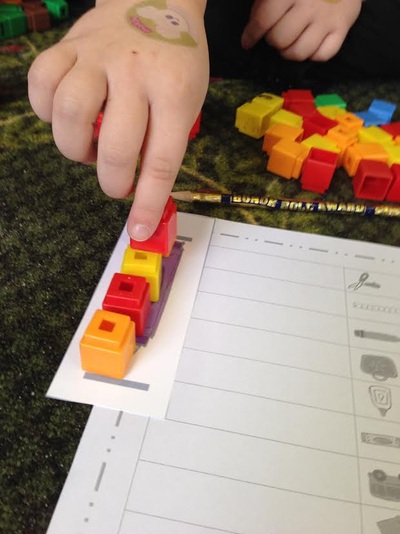
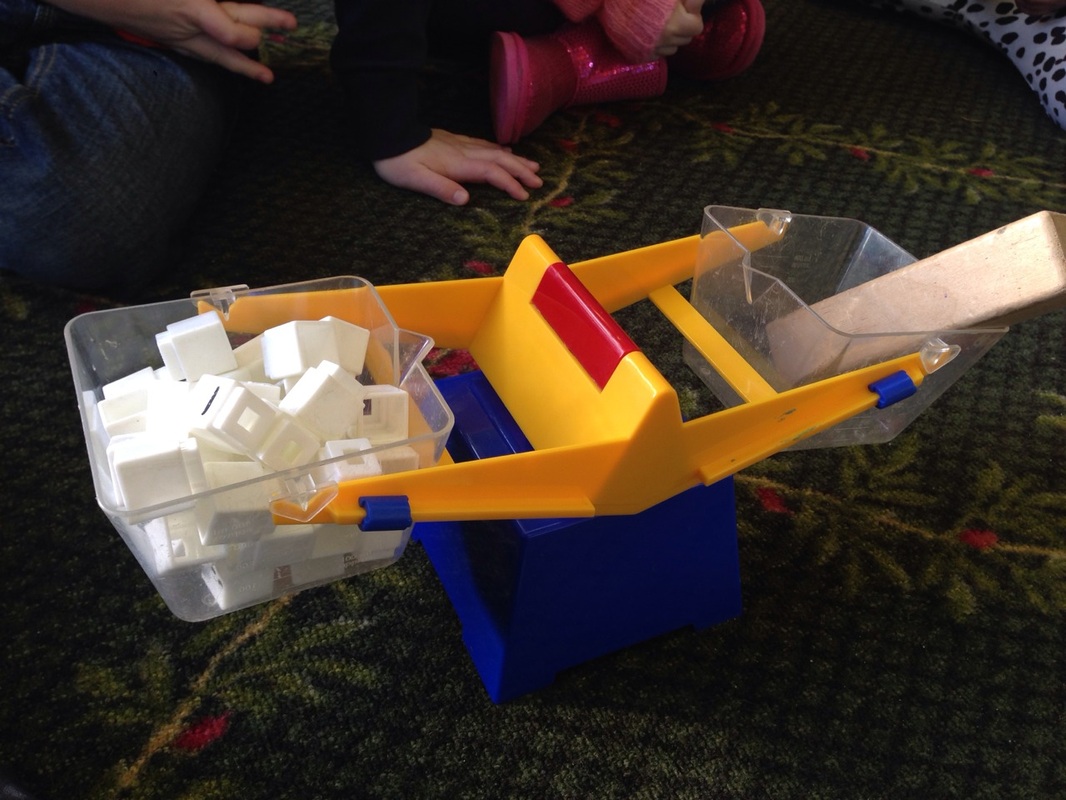
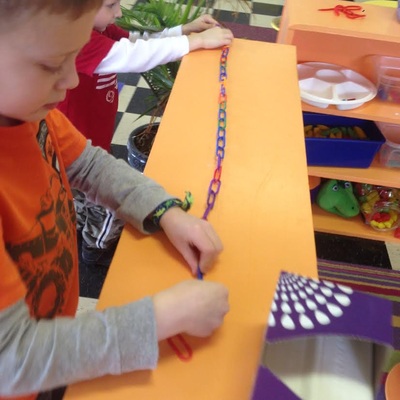
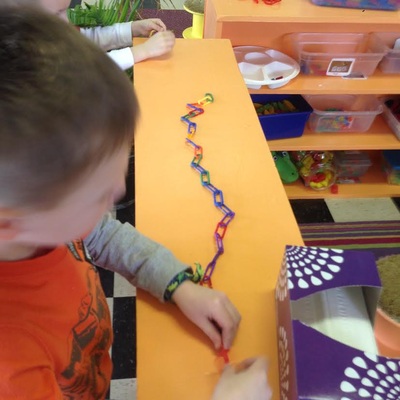
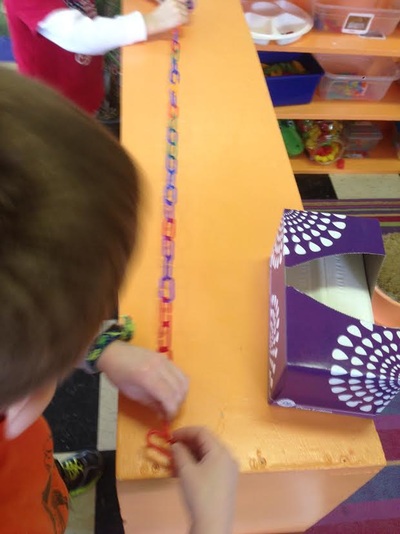
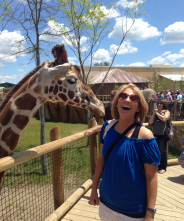
 RSS Feed
RSS Feed